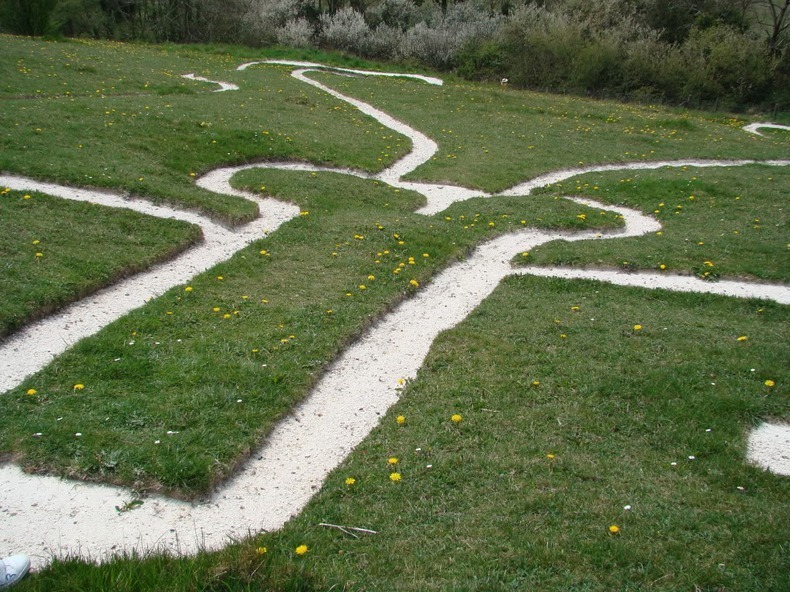
Although the Cerne Abbas Giant is often thought of as an ancient creation, its history cannot be traced back further than the late 17th century. The earliest known written reference to the giant appear in a 4 November 1694 entry in the Churchwardens' Accounts from St Mary's Church in Cerne Abbas. Later references to the giant started appearing in contemporary magazines beginning in 1763.
It has been suggested that the figure originally held a cloak in its left arm and stood over a disembodied head. The cloak may have been a depiction of an animal skin, giving credence to the theory that the giant was a depiction of a hunter, or alternatively, Hercules with the skin of the Nemean lion over his arm. Additionally, reviewing historical depictions of the giant, it has been suggested that the Giant's current large erection is, in fact, the result of merging a circle representing his navel with a smaller penis during a re-cut. The lack of earlier descriptions leads modern scholars to conclude that the Giant is no older than the 17th century, and perhaps originated as political satire.
Regardless of its age, the Cerne Abbas Giant has become an important part of local culture and folklore, which often associates it with fertility. Local women who wanted to conceive would spend a night alone on the hillside, particularly within the confines of his giant phallus, and young couples would make love on the giant to ensure conception. Locals would erect a maypole on the earthwork, around which childless couples would dance to promote fertility. Sleeping on the giant was also thought to be a good way to ensure a future wedding for unmarried women.
In modern times the giant has been used for several publicity stunts and as an advertisement to promote condoms, jeans and bicycles, among numerous other things.












Source
